The End of an Era
9 years ago by
Demandez à n’importe qui autour de vous, tout le monde a une histoire avec American Apparel. Une histoire qui commence par une pièce qu’on y a achetée et qui nous rappelle un souvenir…
Le lycra fluo Halloween 2002 d’un déguisement Glam Rock 80s dans lequel on a traversé tout le Lower Manhattan le lendemain matin (même pas peur ! ce n’est pas de moi qu’il s’agit, je respecte son anonymat).
Ou bien le combo mini-pull blanc/ hoodie sans manches porté à une rave de Bushwick, revenu teinté de taches fluo et de poussière de paillettes (ça, c’est peut-être moi).
Ou encore le body qui allait tellement bien avec ce jean (hyper moulant) qu’on mettait toujours pour une deuxième date, quand on voulait donner l’impression de ne pas trop en faire, mais un peu quand même (comme toutes les filles autour de moi quand j’avais la vingtaine).
Mais c’est peut-être aussi ce t-shirt col V parfaitement coupé qu’on avait dans six coloris différents et avec lequel on traversait l’été (comme mon fiancé, Kris, un adepte d’American Apparel depuis la fin des années 90. Je le trouve tellement beau dans ces t-shirts) …
Avec la fermeture de cette marque mythique, on prend conscience de la fin d’une époque…. Et on dit adieu un pan de l’histoire de la mode américaine… et en même temps, on peut réfléchir à ce que ça signifie pour l’avenir de la mode et du retail.
Ce que Dov Charney a créé à la fin des années 80, ce n’est pas rien (si l’on oublie une seconde le côté sordide de l’affaire). Il a développé une marque tentaculaire qui a connu un immense succès pendant des décennies, mais il a aussi lancé un courant stylistique. American Apparel, ça a été la première marque à proposer des basiques dans à peu près toutes les couleurs possibles… sans jamais être ennuyeuse. Et ce n’était que le début… Leurs campagnes de pub fortement connotées (parfois), toujours sexy, ont fait du hipster un personnage mainstream et contribué à faire accepter l’idée de mannequins aux formes généreuses. Mais revenons sur l’aspect sordide… on ne peut passer sous silence les accusations de harcèlement sexuel qui ont pesé sur le fondateur au moment de son licenciement, elles entacheront évidemment à jamais le souvenir de la marque…
Dans un autre registre, il y avait aussi les messages transmis par la marque… Ils ont été les premiers à privilégier la transparence dans la mode, une tendance qui s’est généralisée depuis. Charney s’est assuré que le message « Made in Los Angeles » était au cœur de tout ce que la marque faisait… des communiqués de presse aux panneaux publicitaires sur Sunset Boulevard. Renvoyer l’image d’une mode locale… désormais tout le monde savait où avait été fabriqué son top fluo ! La marque qui se voyait comme une « révolution industrielle » a aussi défendu des causes, avec la campagne “Legalize LA” pour soutenir la réforme de l’immigration ou “Legalize gay” pour soutenir le mariage pour tous.
Avance rapide, nous voici en 2017… la façon de consommer a changé… elle est moins guidée par les tendances, plus concentrée sur des pièces qui deviennent des essentiels, qu’on porte pendant des années. On privilégie l’histoire d’un produit, sa fabrication, sa provenance, et c’est indéniable, American Apparel a contribué à cette mutation.
De nombreuses boutiques mythiques qui ont défini les années 90 et 2000 sont sur le déclin. American Apparel est l’une des victimes des nouveaux comportements en matière de shopping. Comment aurait évolué la marque alors que la mode et le retail sont en pleine mutation ? On ne le saura jamais.
En tout cas, American Apparel mérite un petit hommage silencieux. Prenez le temps de penser à votre propre histoire… Moi, par exemple, je ne laisserai jamais Kris jeter sa collection de t-shirts col V… et j’aurai toujours un faible pour ce pull blanc et ce hoodie sagement rangés dans ma penderie (et encore légèrement pailletés).

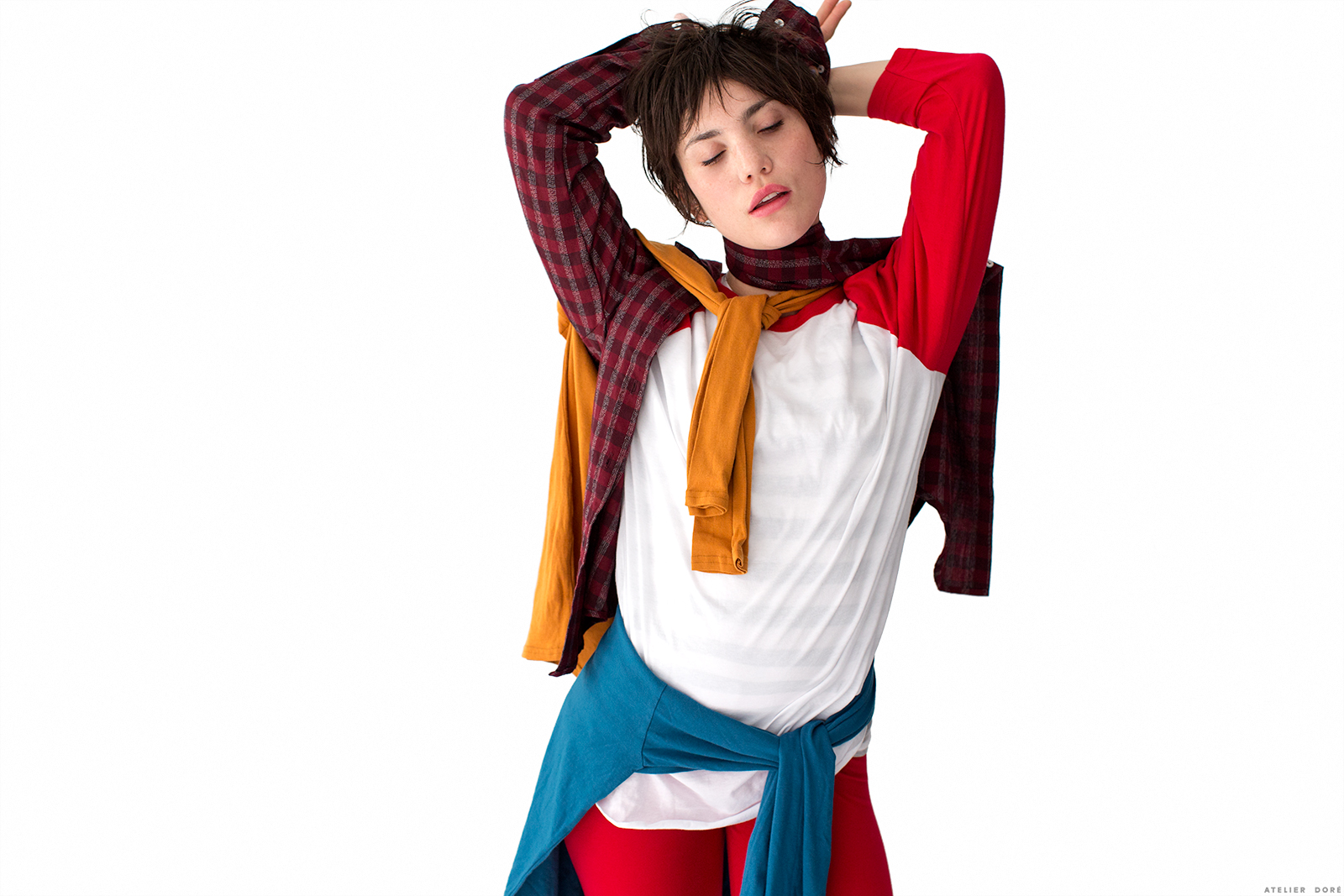








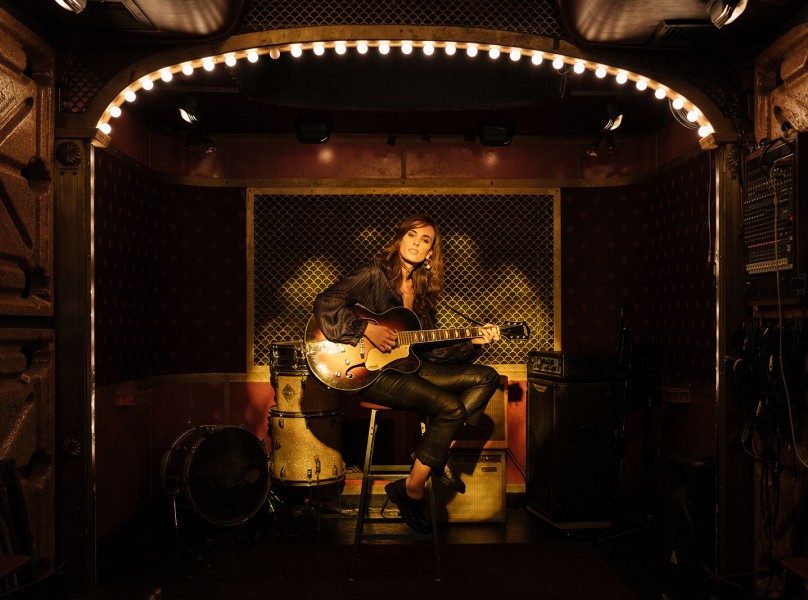






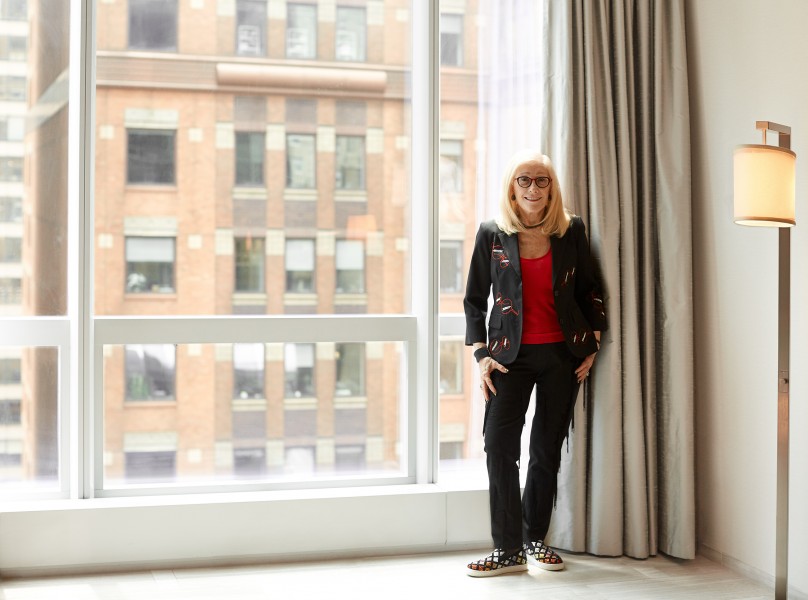


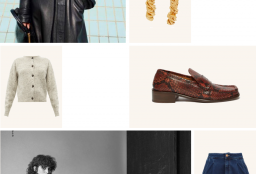


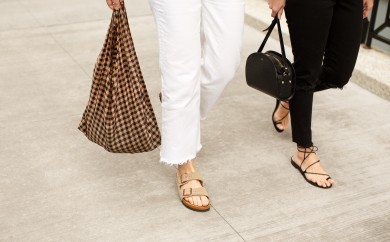
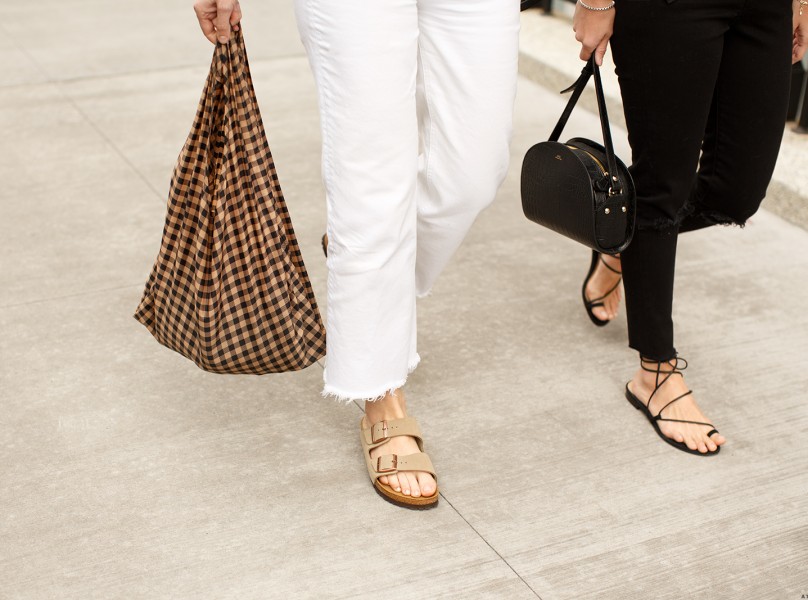
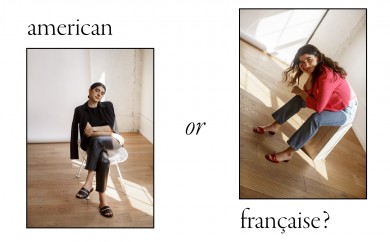
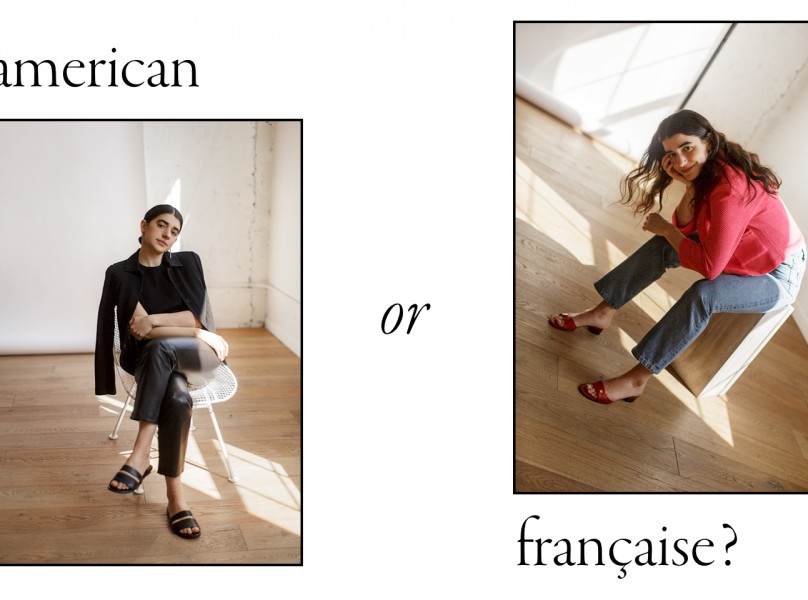
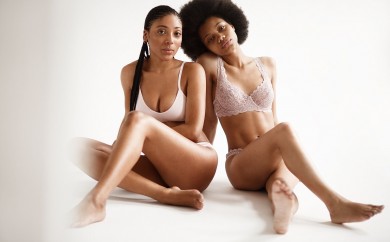
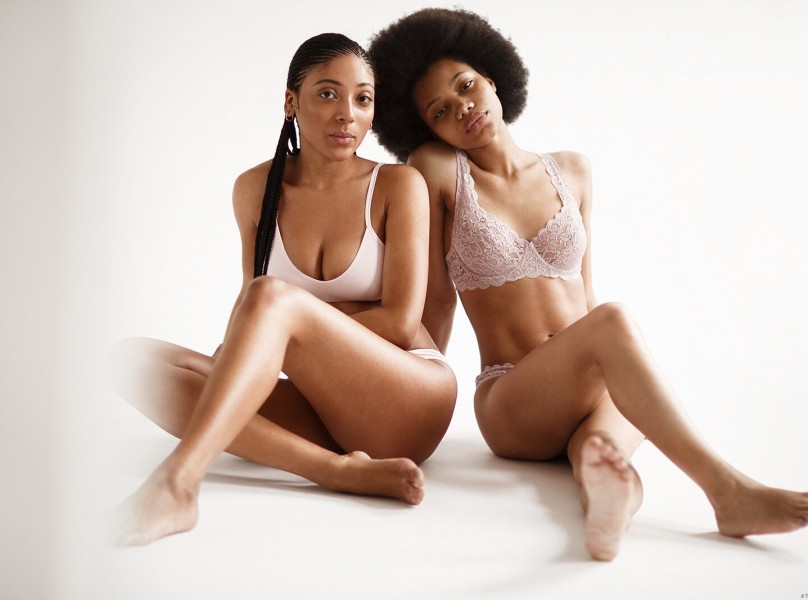

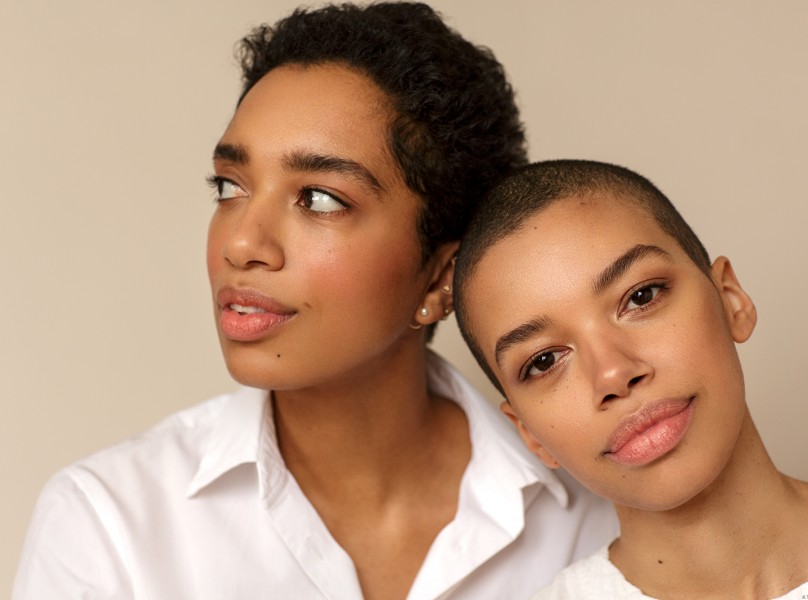


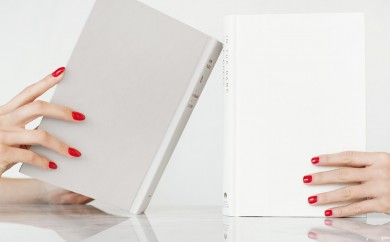

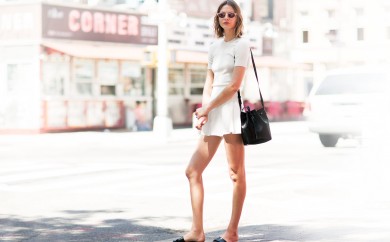

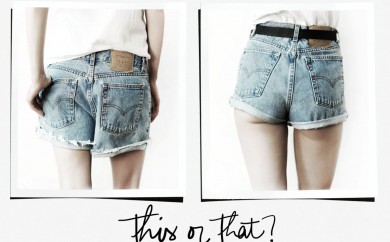
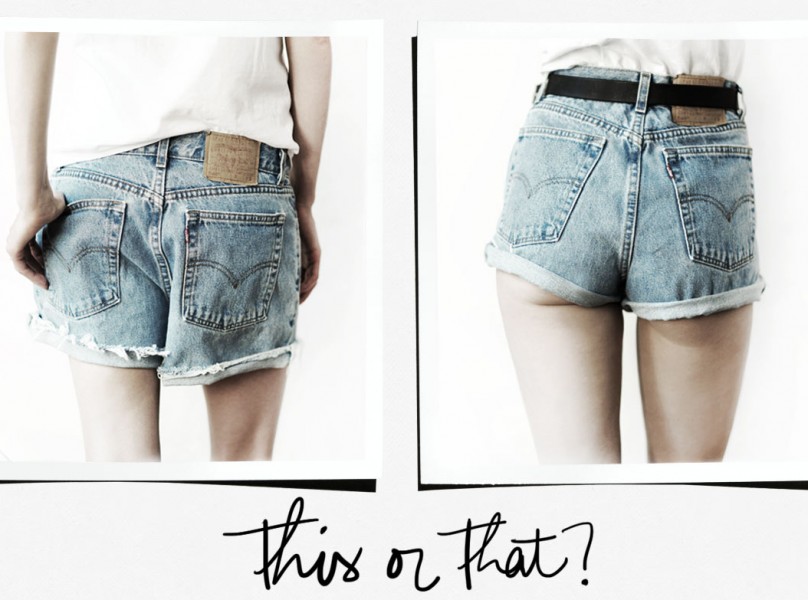
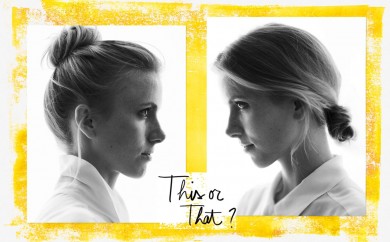
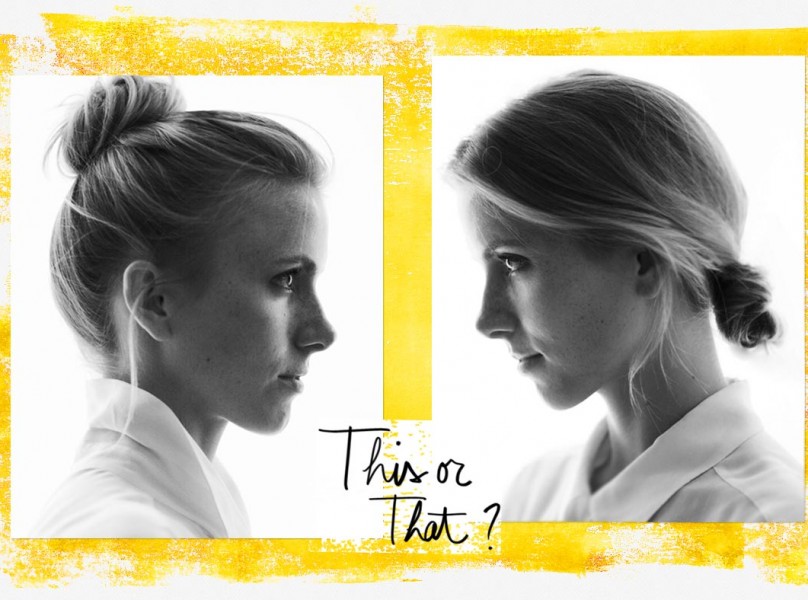




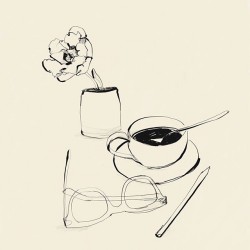

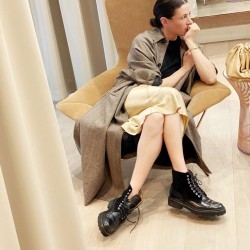


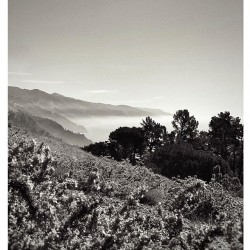

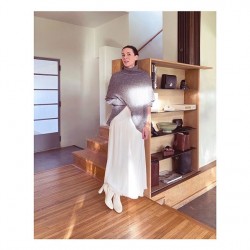


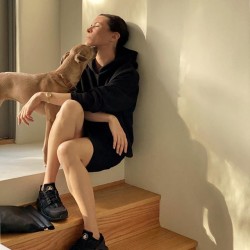

ça a fait du bien de lire cet article, je me souviens très bien de ma période « American Apparel » en 2006-2007, j’ai encore d’ailleurs une robe que je porte toujours. Oui c’est bel et bien la fin d’une époque, merci d’en avoir parlé!
American Apparel…. wasn’t in retail in 2002.
Sure they were–they’ve had stores since the late ’90s. I remember first buying from them (online I think?) around 2000 after seeing an ad of theirs in the Village Voice, I believe, when I was in college.
I co-edit an online fashion criticism journal with some friends, and a couple months back, we, too, reflected on the legacy of AA . For for most of us, AA’s passing was met with a great deal of ambivalence, but once we all got to thinking about what the brand meant to us in the early aughts, we realized that AA (mostly pre-sleaze) was intimately tied to our collective coming-of-age, and therefore to materialized memories of breakups and bad judgment…but also to just some really fun party looks that we wore when we had fewer inhibitions. AA was always a super complicated brand, and it’s time has definitely come and gone, but we were surprised to see the kind of memories it conjured.
You can read all of our reflections here: http://www.fashionstudiesjournal.org/commentary/2017/2/10/american-apparel-the-editors-say-goodbye-and-good-riddance
Good bye American Apparel. Was American Apparel a good corporate citizen? Disposable clothing is going to be the next big Ecco movement if it is not already .We are all becoming more conscious of the effects of clothes that end up in a landfill . I encourage everyone to invest in clothing that will last and clothing that we care for and can be reused.I often write about vintage clothes. Some vintage clothing have many incarnations. This would be beneficial to all of us , dealing with our over consumption.
Jandrew
Dress The Part
http://www.jandrewspeaks.com
Et sans oublier les vernis à ongles à tomber… :'(
Love this. AA first made me aware of the value of « made in the USA » as a teen, and I will forever be grateful for that!
Thanks Melissa, totally agree! Xx
Very well written article. Kind of sad actually. I remember recently seeing the close-out sale in my neighborhood in Vancouver and couldn’t believe it. However I went in to buy a nice pair of stirrup (haven’t seen anyone else wearing them) pants. The end of an era indeed.
i love AA, and have always found their ad campaigns (using real people, long before any one else was) innovative and inspiring, dove charney be damned. they started the Made In LA thing a long time before the others, and paid fair wages as well, a *long time ago*. at the root of it all, they had *great* basics, in a variety of basic but excellent fabrics. i have yet to find hoodies and leggings as well made, with such a high % of cotton, for such a cheap price, with all of the ethical considerations. bravo to AA for accomplishing all of this. you will be sorely missed!
Moi je me rappelle Berlin 2009 rayon homme le short qui m’a sauvé de mourir de chaud et NY 2011 pareil rayon homme même short mais en bleu. Simple confortable une marque géniale !!
The Startup Podcast Season 2 was all about Dov Charney and American Apparel – a fascinating listen, highly recommended if you want to learn more about him and the company’s history.
I only ventured into American Apparel a few times and every time I did I was uncomfortable. The staff was rude and I was made to feel like I did not belong there because I was far from twenty-something. The lighting was terrible and the layout was not attractive. And frankly, the clothes did not seem worth the money.
Honestly, they got sucked into their flashy 70’s exercise video vibe and seemed to ignore everything else. While I honestly believe that they revolutionized tees and basics when they came out, I think they eventually forgot about what everyday people wear.
When I hit my mid-twenties and could afford more of their clothes, I would laugh because the whole ladies section was racy spandex, boxy granny sweaters, and see through blouses. This was around 2010, when crop tops were getting popular. The sales people would tell me most of the everyday basic tees were online only. I’ve always loved well thought out basics in unexpected colors, so I would try to like AA, but they seemed so apathetic about the design of everyday clothing.